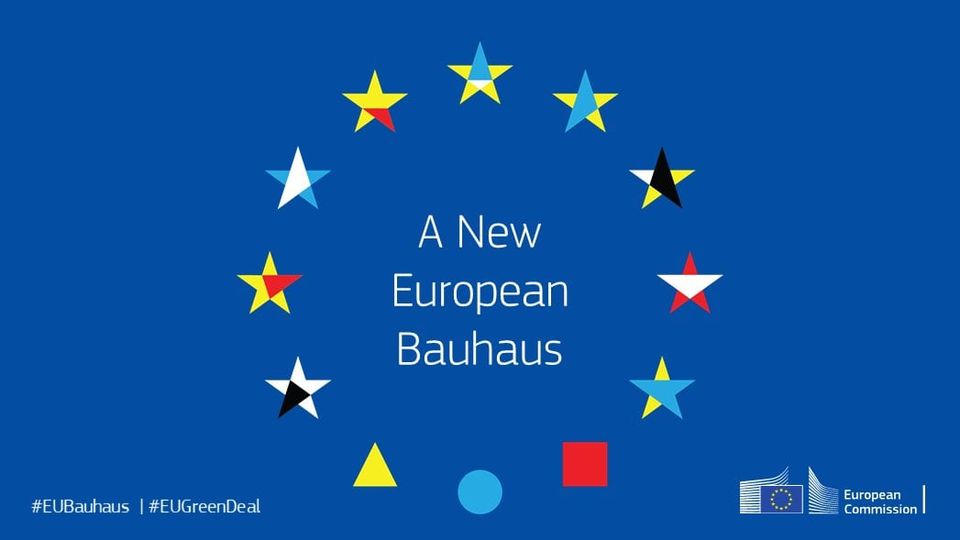Docomomo International would like to share with you the announcement of the beginning of the first phase of the New European Bauhaus initiative (NEB) by the European Commission.
The article written by the European Heritage Tribune states:
“The move marks an opportunity for cultural heritage organisations to impact Europe’s sustainability policies and the future in general.
The NEB movement could strengthen the role of culture and heritage in European citizens’ daily lives, pleaded Europa Nostra. But what exactly are the aims of the NEB? And how and why should cultural heritage get involved?
Ursula von der Leyen, President of the European Commission, mentioned in an article in October 2020 the urgency to rethink and plan Europe’s future. The NEB movement will serve as a collaborative design and creative space. Architects, artists, students, scientists, engineers and designers work together to bring the European Green Deal to life and closer to the people of Europe.
For now, the NEB movement is looking for already existing sustainable, inclusive and life-quality enriching projects that can become partners. They will appear on the NEB’s website and the best examples will receive a prize in September 2021. After this, the NEB will post calls for proposals for new projects. The third phase, planned for January 2023, will focus on sharing gained knowledge from the pilots with a broad European audience.
The NEB’s message sounds hopeful for cultural (heritage) organisations. The climate problem will not be solved by merely looking at sustainable technologies. Von der Leyen emphasised in her article that innovations to stop climate change should ‘always be combined with culture and arts.’ The movement could mark a new understanding of how Europeans live their daily life.
Culture Action Europe recently reported that some critics opposed the term ‘Bauhaus’. The name would be, for example, too Eurocentric. ‘The NEB is not what Bauhaus was, but what we as Europeans together make of it’, Grootswagers stated. ‘This movement hopefully offers a starting point. But the cultural sector needs to make sure it is actively contributing.’
While the NEB initiative has been searching for existing projects, funding for new projects is still undecided, ScienceBusiness reported in January. When discussing the issue, Members of the European Parliament (MEP’s) stated that the supported projects’ money would not come from cultural and educational programmes as Creative Europe and Erasmus+.”
To read the full article, please go to European Heritage Tribune website.





